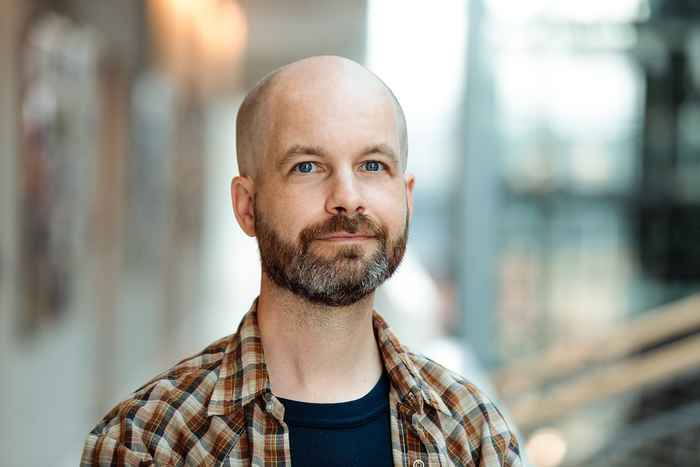Personal grants
Faculty of Science
EuroFlash: Exploring the Origins of Fast Radio Bursts Using a Network of European Radio Telescopes
Hessels (Anton Pannekoek Institute for Astronomy), professor of Observational High-Energy Astrophysics at the UvA and Chief Astronomer at ASTRON, has been awarded a €3.5 million ERC Advanced Grant to search for the origin of fast radio bursts. Among other things, the research money will be used to develop new hardware to set up a coordinated network of European radio telescopes to study repeating FRBs in more detail.
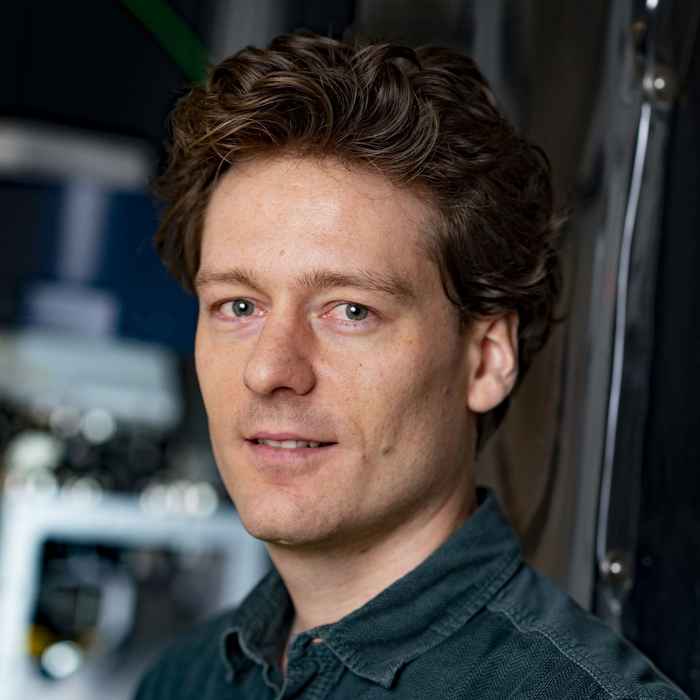
Chip Production without Friction (CHIPFRICTION)
Friction, the force that resists relative motion between solids in contact, has already been investigated by Leonardo da Vinci in the 15th century. Today, friction accounts for a major part of global energy use; it is responsible for 25% of the world's energy consumption. An industry for which friction is a major problem is the computer chip industry; friction and wear limit the positioning accuracy and throughput in chip production. As future positioning requirements approach the atomic scale, Weber (Institute of Physics/ARCNL) aims for better understanding of contact, friction and wear.
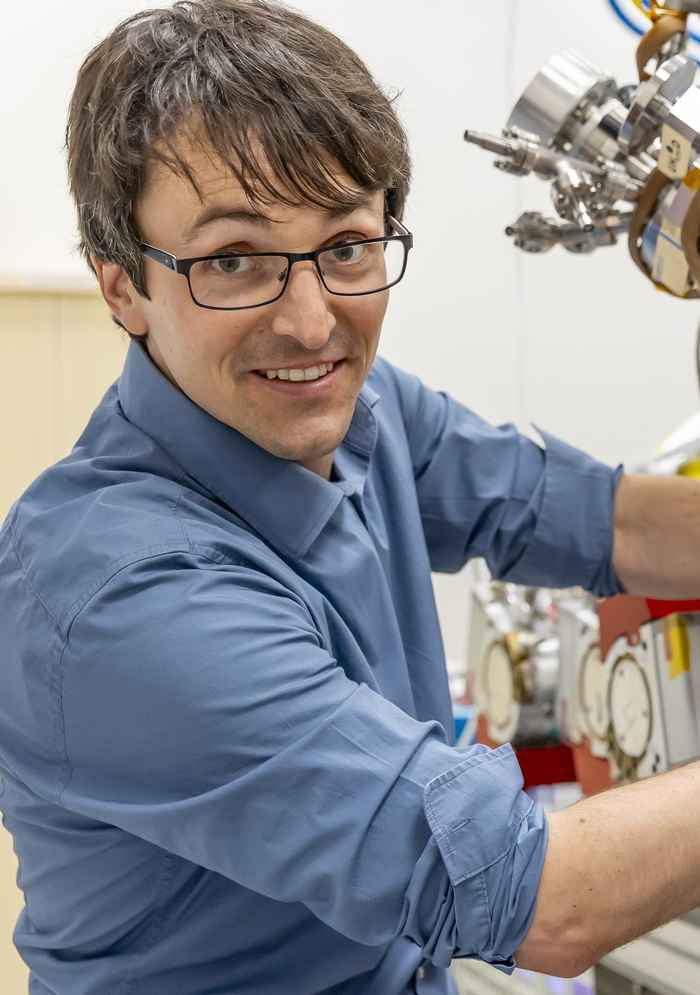
Resolving Surface Reactions in Plasma Catalysis: Towards Rational Catalyst Design (SURPLAS)
Having a reliable way to convert renewable energy into fuel is crucial for tackling climate change. Plasma-assisted catalytic conversion (PLAC) is a highly promising technique to produce fuels from greenhouse gases. In PLAC, reactants are activated in a plasma discharge before interacting with the catalyst. The reaction, however, takes place at the surface of a catalytically active material. The composition and oxidation state of the surface during the reaction is crucial for the reaction pathway and the product yield. Characterizing the surface in the highly reactive environment of PLAC is challenging, but essential to understand plasma-assisted reactions and increase the impact of PLAC. In SURPLAS Ronald Bliem (Institute of Physics/ARCNL) will unlock the full potential of PLAC by determining the surface reaction mechanisms of catalysts in plasma. Based on the atomic-scale understanding of these reactions, he will then demonstrate how effective plasma catalysts can be designed, enabling SURPLAS to lead the way to efficient, PLAC-based energy conversion.
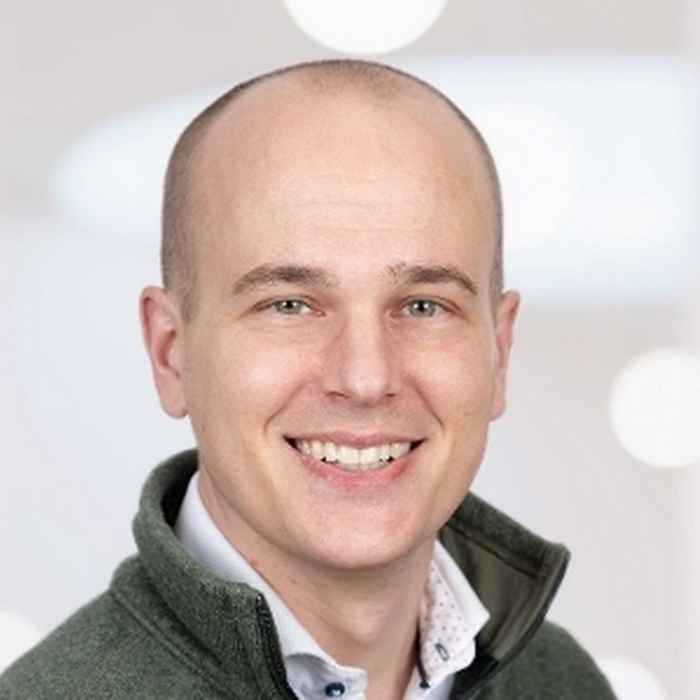
Excitonic 2D Metasurfaces for Active Multifunctional Flat Optics (ExMAM)
Can light fields be manipulated by a single atomic layer? Lenses and filters currently in use are heavy, bulky and have a fixed functionality. At the same time, new emerging applications such as self-driving cars, optical communications and augmented reality require extremely compact optical elements with adjustable functionality to actively control light. Jorik van de Groep (Institute of Physics) is working with fellow researchers on multifunctional optical coatings that consist of a layer that is only one atom thick and that can actively control light via an electronic signal, by using quantum mechanical effects in semiconductor materials.
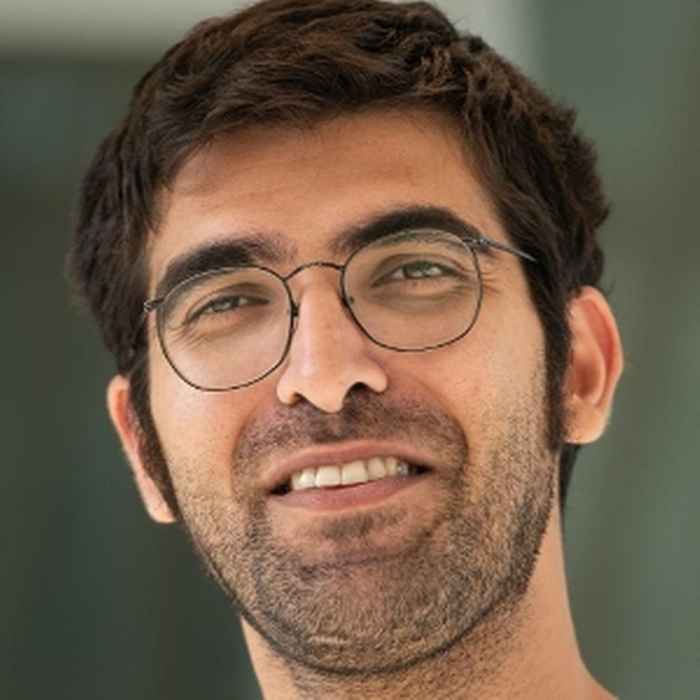
Understanding the Fluid Mechanics of Cyanobacterial Bloom Across Scales (FluMAB)
Certain types of cyanobacteria (blue-green algae) exhibit rapid and excessive growth in what is referred to as a cyanobacterial bloom in ponds, lakes and even seas and oceans. These blooms can be toxic and pose a serious threat to our drinking water, our health, animal life, and the economy. Jalaal (Institute of Physics), an expert in fluid mechanics and biological physics, will utilise innovative and interdisciplinary research to unravel how the blooming process emerges and scales up from a single cell to an entire lake.
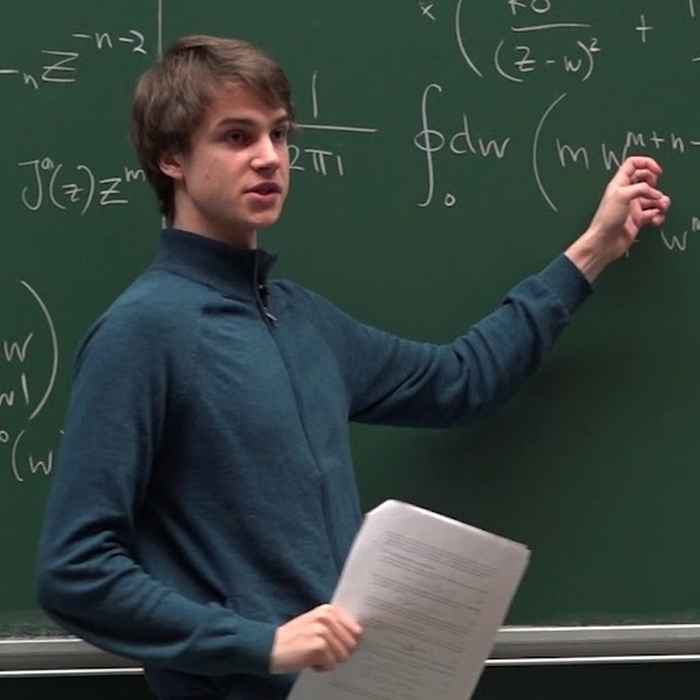
New Handles for String Scattering Amplitudes (StringScat)
String theory makes concrete predictions about the behaviour of gravity at very high energies. However, due to this theory’s enormous complexity, it continues to be difficult to unravel some of nature’s biggest mysteries such as the formation and evaporation of black holes. Eberhardt (Institute of Physics), an expert in theoretical high-energy physics and string theory, will apply new and innovative approaches to finally overcome the computational hurdles posed by this specific aspect of string theory.

Responsible Link-Recommendations in Dynamic Environments (RE-LINK)
Algorithms affect political polarisation, the way we cooperate, and the way we undertake collective action. We need a better understanding of how these algorithms work. Some of the most significant algorithms are the so-called link-recommendation algorithms, which recommend new connections to users. These have a strong impact on how social media platforms evolve. In the RE-LINK project, Fernando P. Santos and his team (Informatics Institute) will develop innovative mathematical and computational models to gain more insight into how link-recommendations influence social dynamics. They will then proceed to develop algorithms that will keep short-term performance while leading to long-term social benefits.
Dr Oladipo Oladiti (Swammerdam Institute for Life Sciences)
BIOSTAB-DIFF: Controlling cellular differentiation of industrial enzyme production in Bacillus subtilis
Supervisor: Leendert Hamoen
Dr Jack Binysh (Institute of Physics)
ANIMODD: Achieving animate properties with nonlinear odd solids
Supervisor: Corentin Coulais
Dr Sandeep San (Institute for Biodiversity and Ecosystem Dynamics)
HIMALAYA: The interplay of Himalayan uplift, climate change and plant diversification: A key to conserve one of the world's richest flora
Supervisor: Carina Hoorn
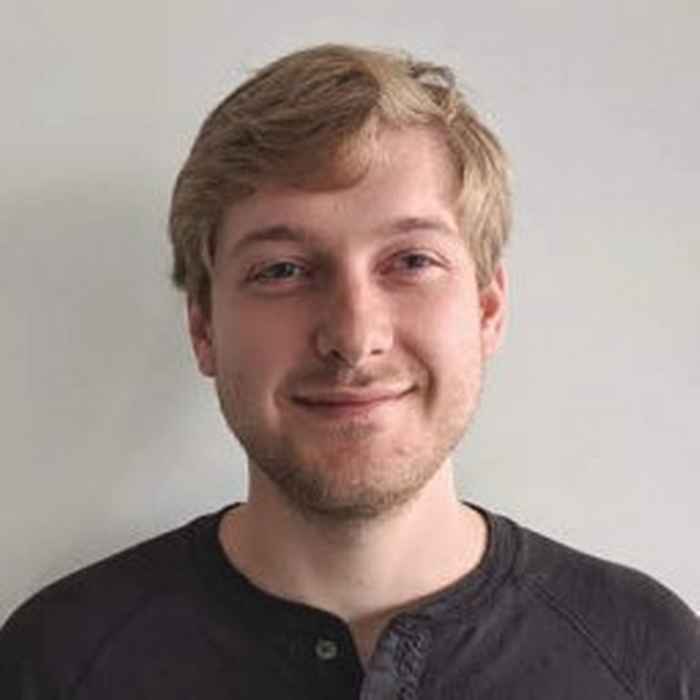
IDEAS: Incremental Dense Representations
Modern content-based search and recommendation systems take a piece of text as an input, such as a web page or a job posting, and create a representation of this entire text. This is used to generate results and recommendations based on the user’s query. This approach works well, but it lacks control over how parts of the input text influence the resulting representation. Yates (Informatics Institute) proposes a paradigm where information is incrementally added into a representation piece-by-piece. This control can improve result quality and enable analysis of the content inside a representation, allowing us to look for harmful content like biases.
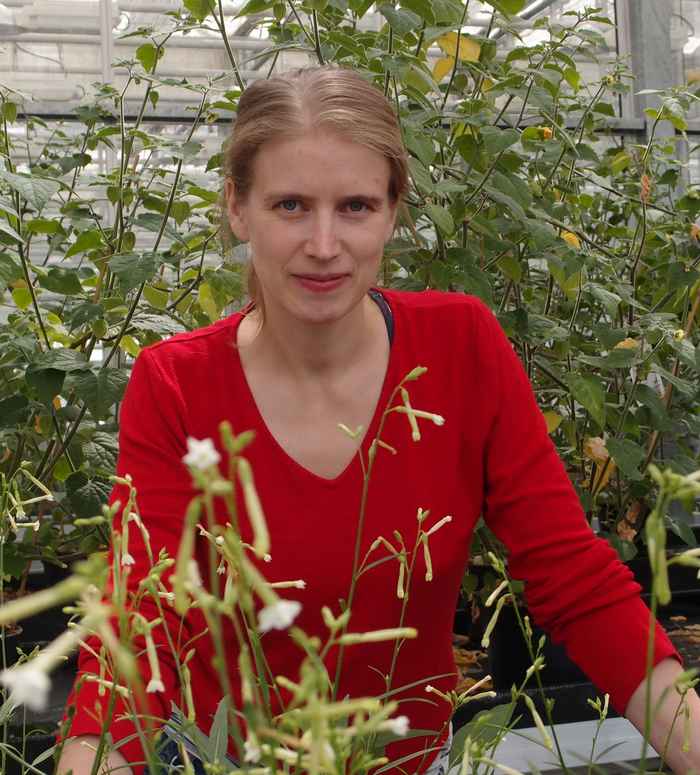
Volatile perception in plants
Plants under attack are able to emit large amounts of volatiles into the air. These volatiles can profoundly change the behaviour of nearby insects and plants, but the underlying mechanisms are largely unknown. With her project, Allmann (Swammerdam Institute for Life Sciences) tries to unravel the molecular mechanisms of green leaf volatile perception in plants and what this means for the plant itself and the interaction between plant and insect.
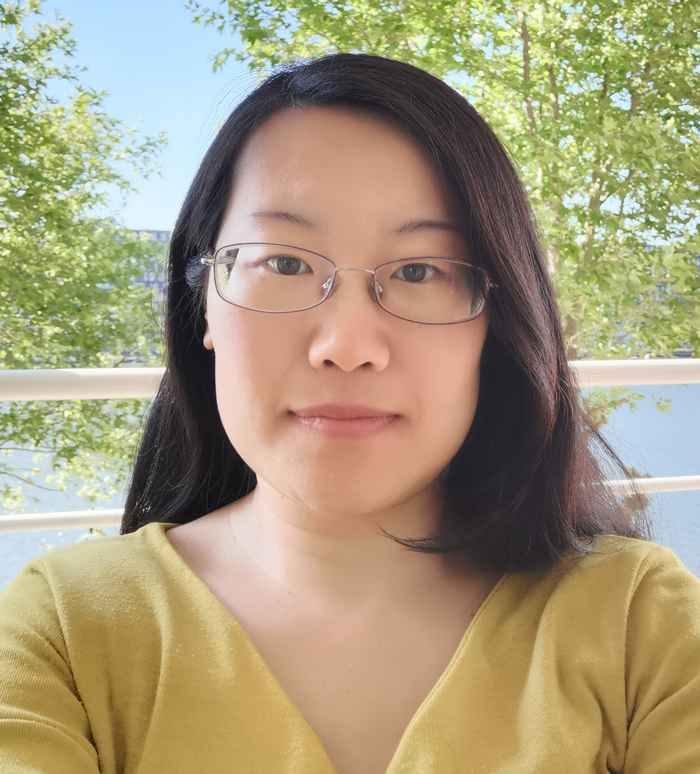
Decoding an interkingdom hybrid chemical language (DECODE)
Organisms interact with their surroundings through intricate signalling webs using chemical language. In this project, Lemeng Dong (Swammerdam Institute for Life Sciences) will DECODE a hybrid chemical language jointly made by plants and their associated microbes, but hijacked by parasitic nematodes. She will uncover how this language is created, who is listening to it, and what its fitness benefit is. Dong anticipates discovering an entirely new, important and evolutionary conserved, signalling molecule that is involved in the plant-beneficial microbe-nematode interaction.
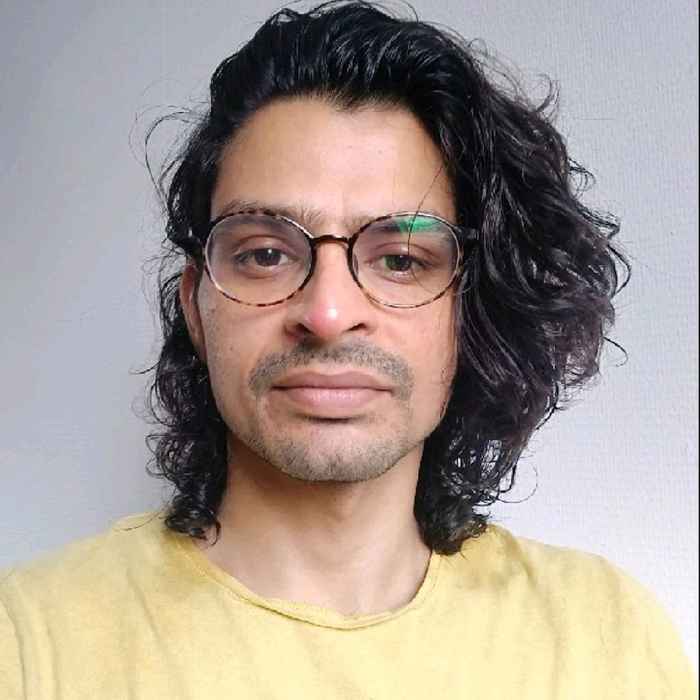
Journey through the world of RNA connections
RNA is a central molecule of life which carries genetic information from DNA to make proteins. But Some RNA molecules do not code for a protein. Instead, they interact with other RNA molecules to alter their function. These RNA-RNA interactions are important in regulating protein synthesis during cell development and adaptation to changing environments. The discovery of such RNA-RNA interactions remains challenging. The proposed research of Dugar (Swammerdam Institute for Life Sciences) uses an innovative approach to identify all RNA-RNA interactions in bacteria. This method will make it possible to study new modes of RNA-based regulation and their regulatory role during bacterial infection.
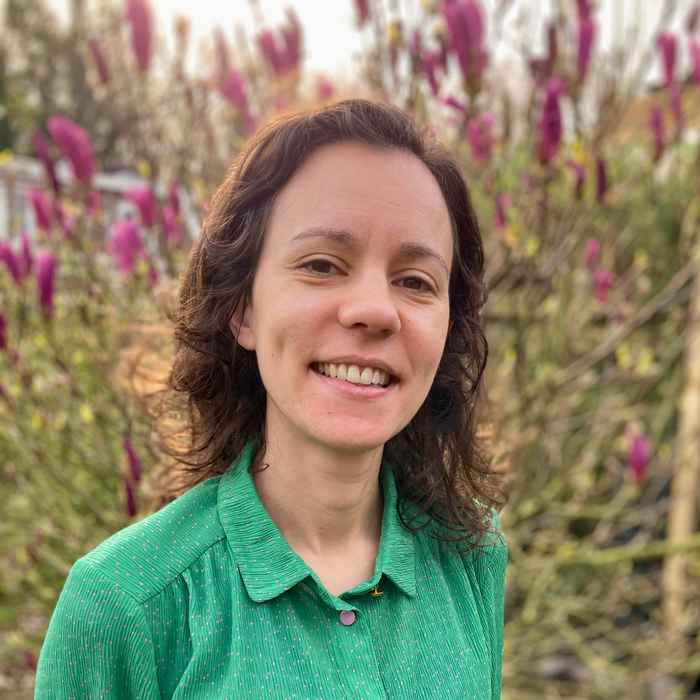
Pathogens, Microbiomes, and Host Evolution in a World of Global Change
Under predicted climate change, plants and animals may suffer more from pathogens that cause disease and epidemics. Bruijning (Institute for Biodiversity and Ecosystem Dynamics) studies how microbes living in and on their host (referred to as the microbiome) protect their host against pathogens. By combining experiments on water fleas with theoretical models, this research unravels the causal relationships between pathogen infection, shifts in the microbiome, and host responses.
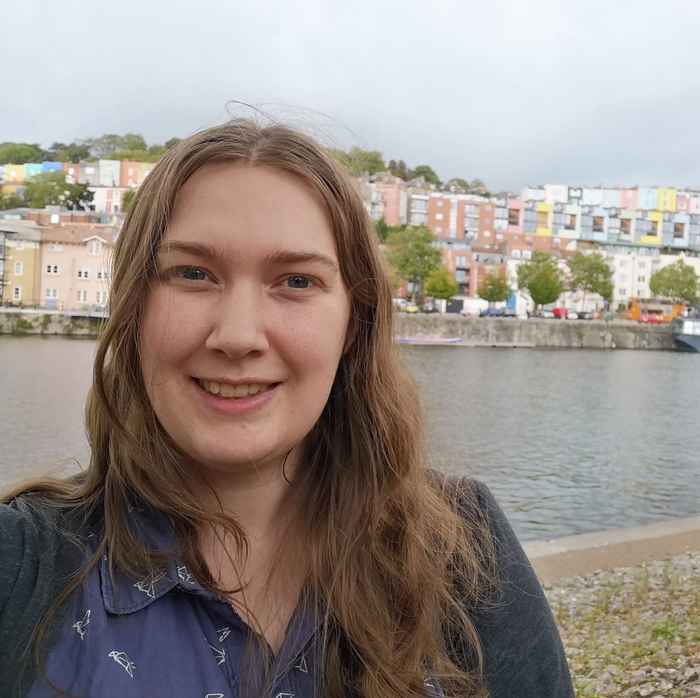
From What to How: Perceiving Subtle Details in Videos
While video analysis can describe what’s happening, where it’s happening, and who is performing the activity, it fails to identify how activities happen. Knowing how to perform an activity well is the key to achieving the desired outcome. For instance, CPR must be performed using a certain amount of force, at a certain speed and at a specific location on the body if it is to have a chance of success. Doughty (Informatics Institute) will develop AI models that can perceive subtle details in videos by describing how the activities occurring within them happen.
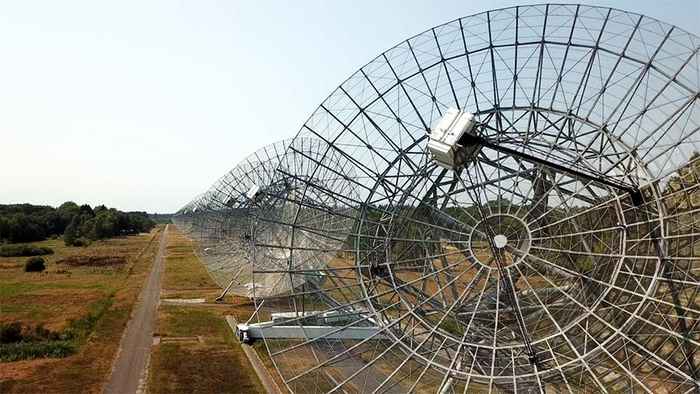
A Gamma-ray Interferometer to Advance Gravitational Wave Astrophysics (GIGA)
Coalescing supermassive black holes in the centres of merging galaxies fill the universe with low-frequency gravitational waves. Studying these waves allow scientists to understand how galaxies evolve and provide a map of the Universe just moments after the Big Bang. Astronomers have typically been using large radio telescopes but recently an international team of scientists has shown that gamma rays collected by NASA’s Fermi space telescope yield a clearer view of the pulsars and these gravitational waves. In the GIGA project, Parthasarathy (Anton Pannekoek Institute for Astronomy) will build upon this foundational work and accelerate developments that will lead to the detection of low-frequency gravitational waves.
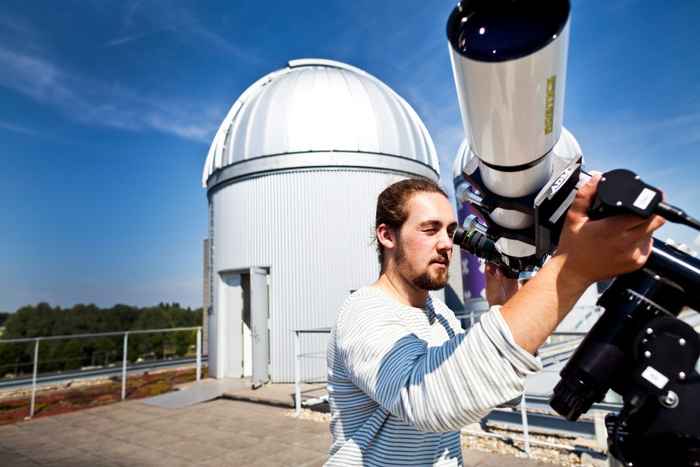
Using Fast Radio Bursts as Astrophysical Tools
Fast radio bursts originate far outside our Milky Way and were only recently discovered. It is still a mystery how the bursts are produced, but it is clear that some sources repeat while others apparently do not. In his research, Pleunis (Anton Pannekoek Institute for Astronomy) will aim to better understand the variety of fast radio bursts by using effects that are imparted on the signals by their local environment.
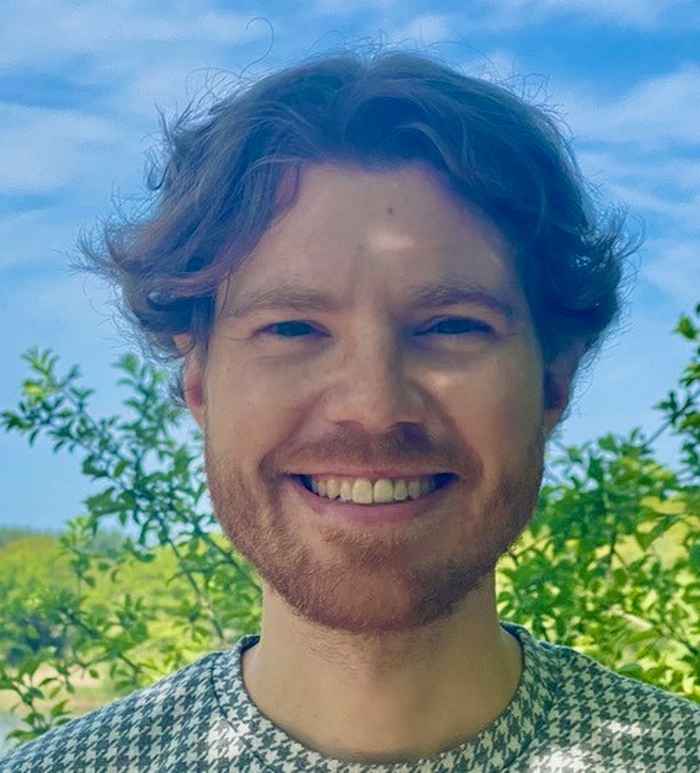
Secure and Efficient Code-Based Cryptography
Code-based cryptography offers many beneficial features such as potential security against quantum attacks and extremely efficient implementations of powerful cryptography such as multi-party computation. However, the current theory of its security is very incomplete. First, unlike lattice-based cryptography, it lacks a broad theory of security reductions. Second, many recent constructs lack sufficient cryptanalysis. Resch (Informatics Institute) intends to fill in these gaps by leveraging deep tools from the study of error-correcting codes, many of which are absent in cryptographic literature. His research will advance secure and efficient cryptographic designs.
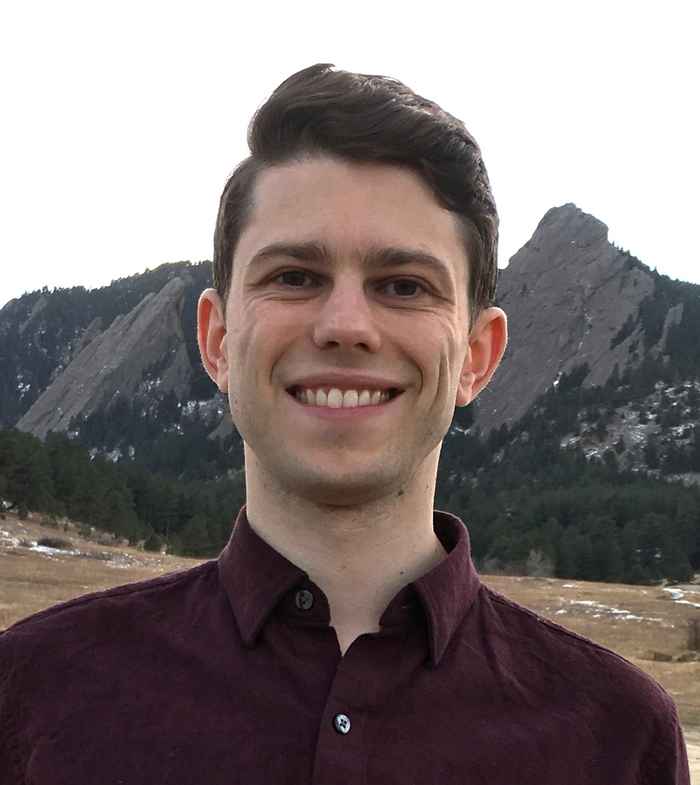
Pathways to Quantum Advantage in Intermediate-Scale Quantum Devices
Quantum technologies provide the opportunity for solving problems which conventional computers cannot. However, interference from external sources, also known as the environment, tends to destroy the desirable quantum features researchers hope to use. Young (Institute of Physics) will develop new pathways to practical quantum technologies. He will do this by devising new ways of controlling interactions in order to accelerate dynamics to mitigate this interference from the environment, and by turning the environment itself into a resource.
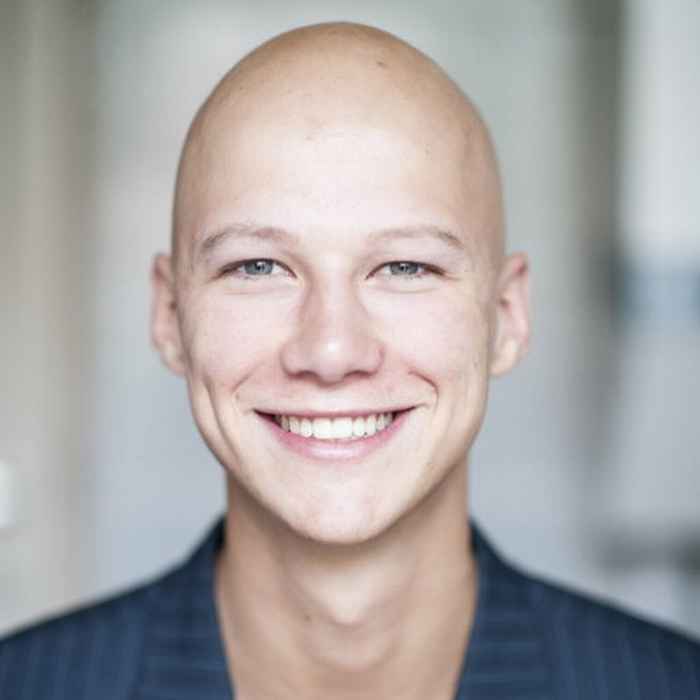
Communication in the brain: flexible signalling with fixed lines
Nearly all brain functions depend on rapidly changing communication between different brain areas, even though connections between them are relatively fixed. Oude Lohuis (Swammerdam Institute for Life Sciences) will measure neural activity across areas and label the connections to understand how different areas communicate with each other and decipher how the brain dynamically controls ‘who talks to whom’. Oude Lohuis will leave for the Champalimaud Foundation in Portugal for a period of two years.
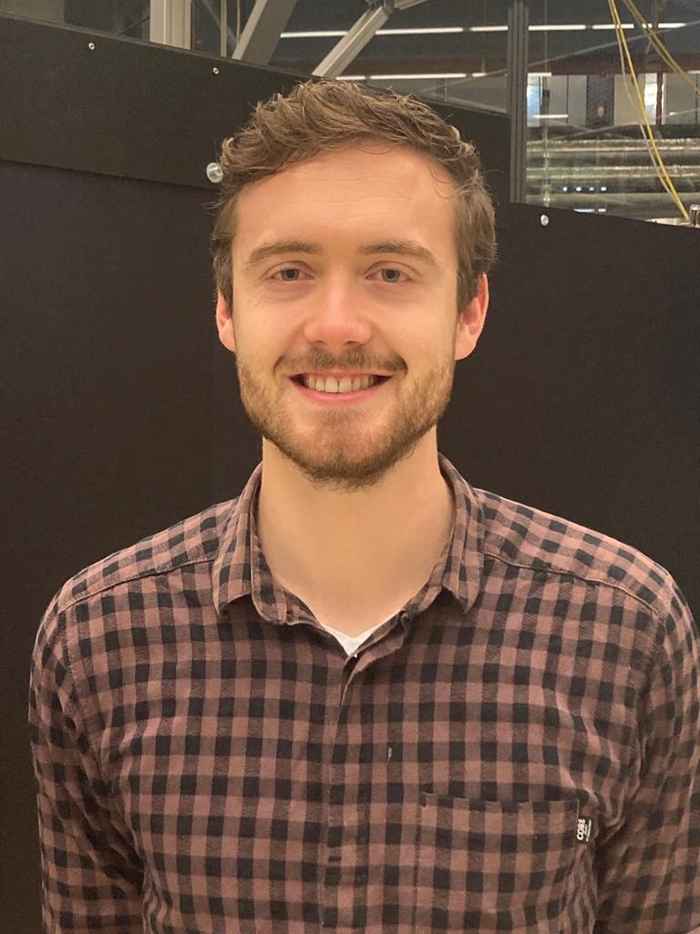
Probing the many-body wavefunction of high Tc cuprates
In his research, Smit (Institute of Physics) tries to unravel the fundamental mechanisms behind high-temperature superconductivity in copper oxides. To this end, he is developing a completely new experimental technique: '2e-ARPES'. This allows the simultaneous measurement of several electrons and their mutual interactions, which are responsible for superconductivity. Smit will go to the Quantum Matter Institute of the University of British Columbia in Canada for a period of two years.
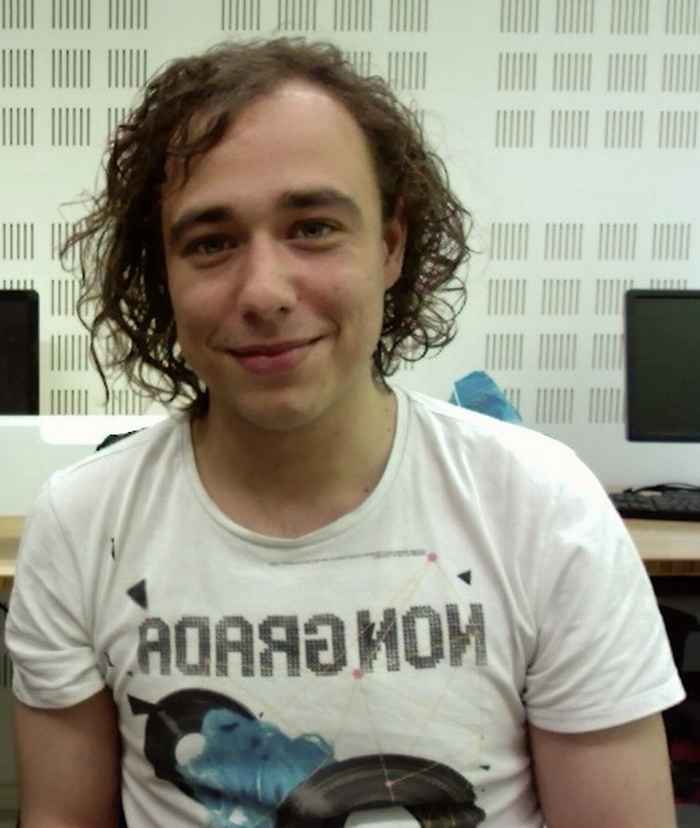
Defense compounds for crop protection
In nature, plants produce compounds that help them protect themselves against pest insects, fungi and harmful bacteria. Kortbeek (Swammerdam Institute for Life Sciences) is investigating how plants regulate the production of these compounds. The results of this research offer possibilities for growing food crops that are less dependent on synthetic pesticides. Kortbeek will go to Purdue University for two years.
